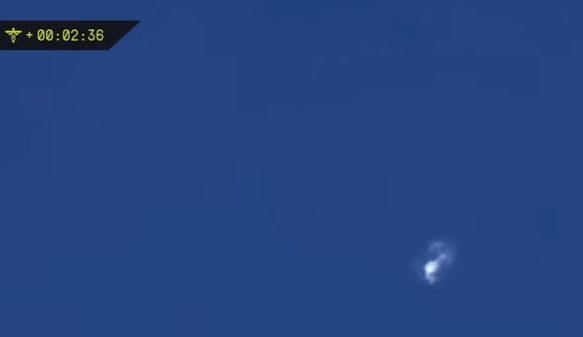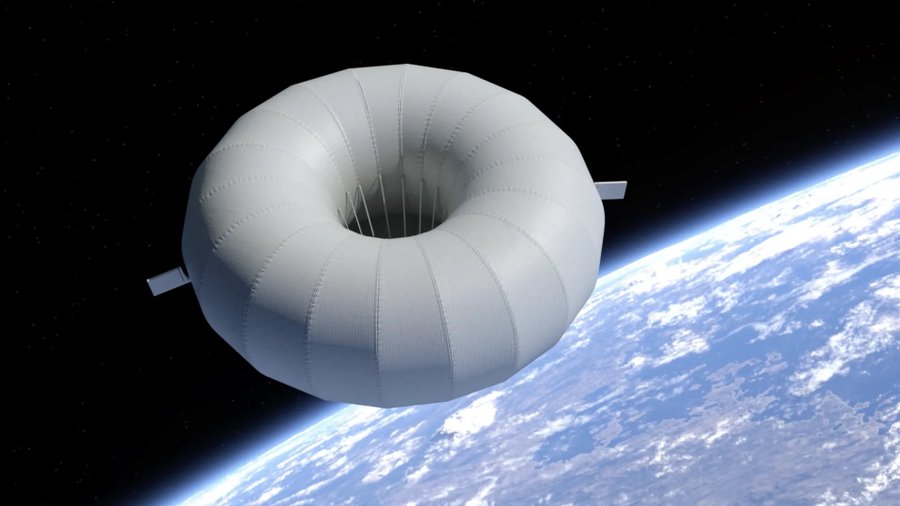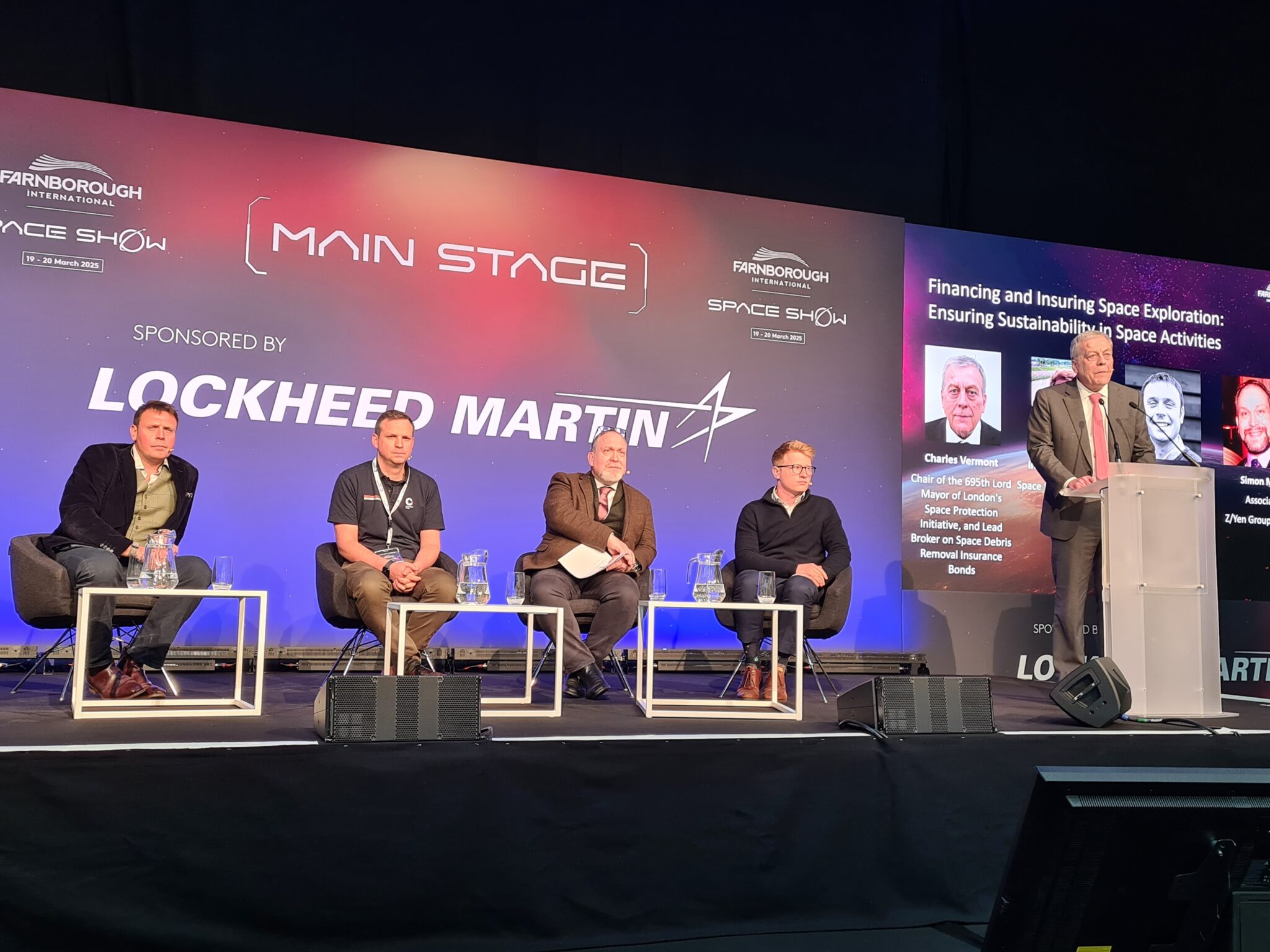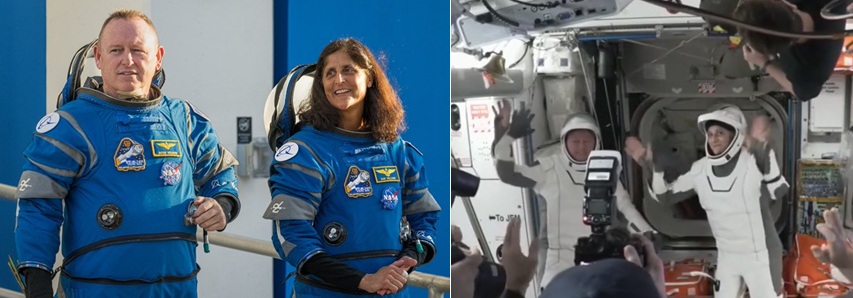On 19 February, 2014 European launch provider Arianespace and Italian company CGS S.p.A. announced the launch contract for the OPTSAT 3000 satellite. At the same time, Arianespace also announced that it had signed a launch contract with the Israeli Space Agency for the VENµS environmental monitoring satellite and that this would fly with OPTSAT 3000 on the same Vega launch. The launch will take place in early 2016 from the Guiana Space Center near Kourou, French Guiana.
The OPTSAT 3000 Earth observation satellite will be built by IAI (Israel Aircraft Industry) for the Italian Ministry of Defense, on behalf of the prime contractor team, CGS S.p.A. and Telespazio (Finmeccanica/Thales). Weighing about 400 kg at launch, it will be placed into a Sun-synchronous orbit.
The VENµS (Vegetation and Environment Monitoring on a New Micro Satellite) spacecraft is an Earth observation mission developed jointly by the Israeli Space Agency (ISA) and the French space agency CNES, within the scope of Europe’s Copernicus Earth monitoring program.
The VENµS satellite will be built by IAI. Weighing about 300 kg at launch it will be sent into Sun-synchronous orbit.
Comment by David Todd: For a time Vega’s future looked very bleak as its high cost meant that it was uncompetitive on price when compared to the Falcon 1 (then about one third of Vega’s launch price) and other cheaper small rockets being marketed by Russia and Ukraine. Even space mission designers at the European Space Agency (ESA) – Vega’s main sponsor – were probably resentful in being under political pressure to use a rocket that significantly added to their mission cost when they could find cheaper launches elsewhere. However fortunes change, and when SpaceX decided to withdraw from this small launch vehicle market to concentrate on its larger (and more profitable) Falcon 9 family, and as some of smaller ex-Soviet launch vehicles (e.g. Cosmos 3M, Start, Tsiklon 2 & 3 etc) approach retirement, Vega suddenly became competitive again.
Thus Vega, which is really an Italian-led “Eurofudge” of a launch vehicle which operated by Arianespace on behalf of ESA, not only got a stay of execution, it has now become the rocket of choice for small-to-medium spacecraft. Well, that is, until a smaller significantly cheaper rocket arrives on the scene. Make hay while the going is good Vega, for it is only a matter of time before you are knocked off the perch again.







